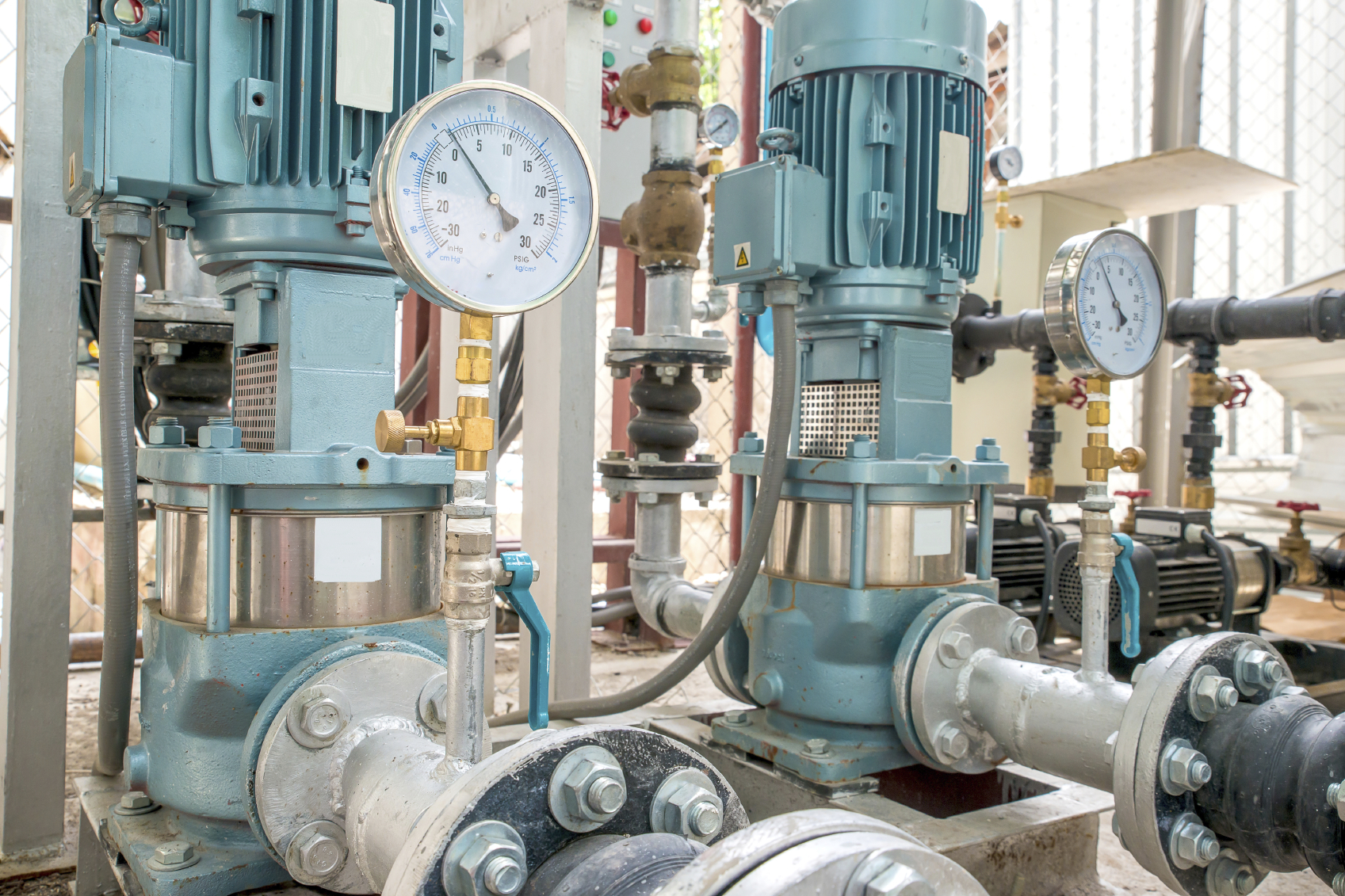
Variable frequency drives (VFDs) installations can save 30% to 80% of energy use, but only in some installations and only if the systems are properly set up.
Below are a few common VFD issues regarding savings potential.
Installing VFDs and Running them at Constant Speed
Many times, especially for HVAC applications, VFDs are installed and then set to run at a constant speed. If the motor is set to run at full speed, installing a VFD will not save any energy. In fact, because VFDs are not 100% efficient, using a VFD will result in higher energy usage and costs.
If the VFD is set to run at less than 100% speed, there will likely be energy savings. However, this will save less and be more expensive than simply re-sheaving the existing motor to reduce speed.
High Static Pressure Installations
Some systems that VFDs are installed on have high static pressure levels, including boiler feedwater pumps and pumps that move water up a hill to a reservoir. Installing a VFD in a system with a high static pressure is often the best control method for this situation and will often save energy compared to other control methods. However, the savings should not be calculated using affinity flow relationship. The more static head a system has, the smaller the range a VFD can modulate and the lower savings will be.
Savings can be small if the VFD “thinks” the static head is high due to the static setpoint being set artificially high. Therefore, the VFD doesn’t modulate back as far as it should, which drastically reduces the savings.
Poor Sequencing
The best sequencing for VFD systems depends on the application, and is often set up incorrectly.
Cooling tower or evaporator fans are often set up in a lead-lag fashion. In this sequence, each fan is ramped up to full speed individually before turning on the next fan. This not only minimizes the savings due to the VFD, but by running only some of your fans, you decrease the cooling capacity of your system. See the Energy Brief titled “Heat Rejection Fan Control” for the correct method of control.
For compressor systems, it is best to base-load your most efficient compressors and only modulate one. This way you maximize the use of the efficient compressors and you only need to buy one VFD.
Installing a VFD to Ramp up Motors to Reduce Demand
A VFD will not reduce demand charges by soft-starting motors. Starting a motor does require a significant in-rush current, for a very short period. Demand is calculated by the utility as the average energy usage over a period of time, typically 15 minutes. Whether the VFD is installed or not, the energy required is the same.
What should I do?
When considering or installing VFDs, first make sure that you are saving as much energy as possible. Choose the solution that best fits the application. Also, make sure that the programmer knows your system and how to maximize the benefits of a VFD for your application.




